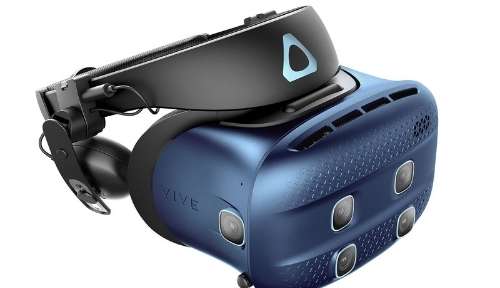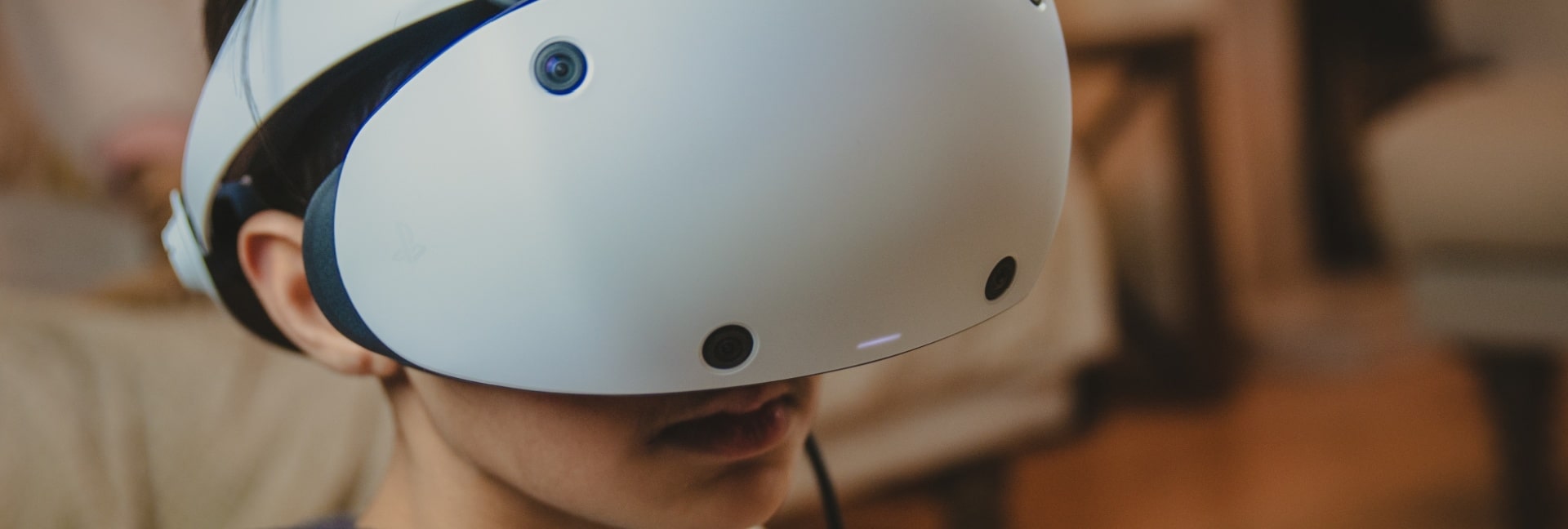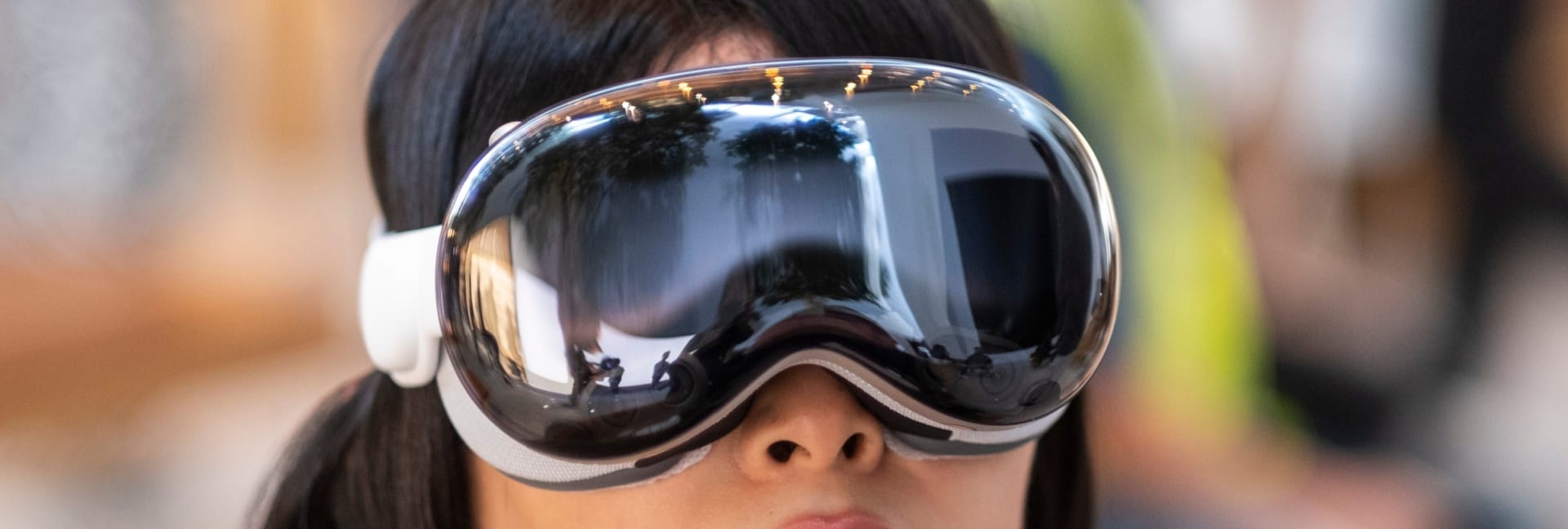 Are you ever worried that you’re not really doing anything meaningful with your life? Like most people I worry that after I die nothing I did will really amount to anything, so one day I got a brilliant idea: donating my body to science.
Are you ever worried that you’re not really doing anything meaningful with your life? Like most people I worry that after I die nothing I did will really amount to anything, so one day I got a brilliant idea: donating my body to science.
It’s perfect! I don’t actually have to do anything and yet maybe a young doctor learning anatomy from my lifeless, decrepit husk could save some innocent genius child’s life one day. Honestly, it’s a win-win situation! Except when I actually tried to sign up I was informed that I am way too fat to qualify. So, er, I guess that idea is out the window.
It turns out however, that I might as well not have bothered. Despite saying no to my own offer, cadavers are always in short supply. So there’s a real impetus for an artificial replacement. Which is why the National University of Singapore has started using VR to teach anatomy to its medical students.
A Dead Ringer
More specifically, it’s the NUS Yong Loo Lin School of Medicine that’s begun a program where students don’t have to get their hands dirty with the innards of a generous, yet unfortunate soul.

Using HTC Vive’s and motion controller students can poke and prod as much as they like. The motion controllers allow them to perform virtual dissections. It’s quite a bit more advanced than the many 3D anatomy apps you get these days.
For one thing, students can manipulate joints and muscles. They can move and peel back anatomical structures to see beneath them. Students can do and undo the steps in their dissection until they get it right or learn the lesson completely. That’s not something you can do with a real cadaver.
No Substitute
The idea that this system could completely replace cadaveric dissection is a little premature, at least according to Professor ST Dheen, who is the head of NUS Anatomy. In an interview he praised the improved learning experience, but made it clear they weren’t getting read of the real bodies just yet. What this system does achieve is much better preparation by giving first- and second-year students a much better head start before they have to get hands-on with actual human flesh. That means less reliance on real cadavers and more value for the ones that are used. Either way, this is a step in the right direction for medical education.







